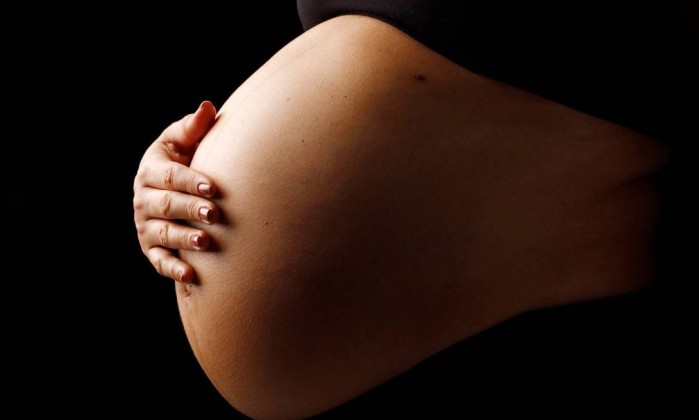What Pregnant Women Need to Know about External Cephalic Version (ECV)

ECV is a procedure used to turn a fetus from a breech position or side-lying (transverse) position into a head-down (vertex) position before labor begins. The procedure is done most often before labor begins, typically around 37 weeks. It is often reserved for late pregnancy because breech position greatly decreases as each week passes by.
The breech position
Throughout pregnancy, babies repeatedly turn and change positions. Most babies will turn into a head-down, or ‘cephalic’ position usually by the end of pregnancy. That being said, 1 in 25 babies are in a breech position at 36 weeks. The chances of a baby turning differs. For a first time mother, the chance of your baby turning after 36 weeks is about 1 in 8. For a second or subsequent mother, the chance is about 1 in 3.
A doctor or midwife might suggest that a woman consider external cephalic version, so that the baby is head-down when labor starts.
ECV cannot be performed under the following circumstances:
- It is a complicated pregnancy
- Twins or triplets
- An unusually shaped uterus
- If you have had a caesarean section before
- Recently had vaginal bleeding
- Low levels of amniotic fluid
- Placenta praevia (your placenta is growing close to, or on, your cervix).
How an ECV is performed
Health professionals explain that it takes up to 3 hours from start to finish. An obstetrician will put their hands on your abdomen to try to turn your baby into a head-down position. Your baby will be monitored by a scan before this is done.
A small needle will be inserted into your hand so that medication to relax your uterus can be administered directly into your vein.
An obstetrician will then perform an ultrasound to confirm the position of the baby, and then attempt to turn the baby by pressing their hands firmly on your abdomen. Some women find this uncomfortable, while others don’t.
NOTE: An ECV increases a woman’s chance of having a vaginal delivery. There are however chances that the baby may still turn breech again after an ECV. Vaginal births are still possible depending on the breech position. This will have to be determined by your doctor.



Thanks for the information
First time hearing of ECV. Thanks for educating me MIM.
thanx mim